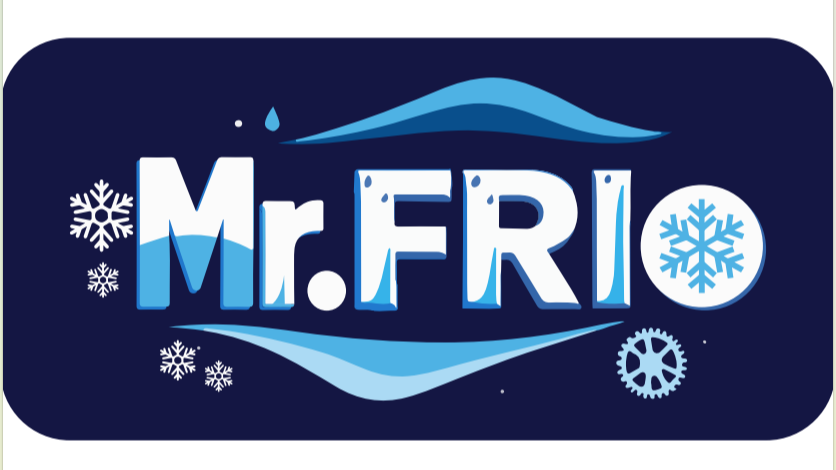Cold rooms are quickly becoming the heartbeat of modern food storage, keeping everything from leafy greens to cut meats at just the right temperature so they stay safe and tasty.
Because shoppers now expect fresher, cleaner options, stores and suppliers are racing to upgrade their cold-storage setups. A well-run cold room slows the growth of harmful bacteria and slows down spoilage, which means less money lost to wasted food. As people think harder about where their meals come from, the push for smarter, greener cold-storage choices will only grow louder.
When people talk about the kitchen of the future, they aren-t referring to a robot chef.
They-re usually imagining smart cold rooms that keep food fresher, longer, and with much less waste. Thanks to the Internet of Things, sensors sit inside every single space, sharing live data on temperature and humidity with a manager-s phone or a central dashboard. If ice starts melting or humidity spikes, alerts ping in seconds rather than minutes. Predictive analytics take it a step further by scanning past data so the system can warn staff about an evaporator fan that-s likely to fail next week. By fixing problems before they shut the room down, companies save money, protect stock, and keep shelves full.
Of course, nobody wants a cold room that is smart but also burning through power like a jet engine.
Sustainability is now mandatory, not optional. That-s why new builds rely on natural refrigerants that won-t guzzle ozone, LED lights that glow cool instead of hot, and thick thermal panels that stop heat leaks. Many owners are even installing rooftop solar so daytime sunshine can freeze night-time deliveries. The combination cuts energy bills by 30 percent or more while shrinking carbon reports. It-turns out that protecting the planet usually protects a balance sheet too.
Regulations are tightening globally as public patience with foodborne outbreaks wanes.
In Europe, HACCP rules spell out temperature, cleaning, and record-keeping in forensic detail; in the U.S., the Food Safety Modernization Act does something very similar. A compliant cold room must therefore stay within a set thermal window, be scrubbed on a schedule the Health Inspector can check from a tablet, and log every movement for years. Building to these standards up front doesn-t just avoid fines, it becomes a marketing asset. Retailers, distributors, and consumers look for brands willing to invest in verification.
In short, cold rooms are set to play an even bigger role in keeping food safe and fresh, thanks to new technology, greener goals, and tougher rules.
Food companies that invest in smarter, chillier storage now will meet shoppers expectations and keep their products safe for longer. By riding these trends, they can streamline their operations and help build a food supply chain that wastes less and protects the planet.
Table of Contents
- Cold rooms are quickly becoming the heartbeat of modern food storage, keeping everything from leafy greens to cut meats at just the right temperature so they stay safe and tasty.
- When people talk about the kitchen of the future, they aren-t referring to a robot chef.
- Of course, nobody wants a cold room that is smart but also burning through power like a jet engine.
- Regulations are tightening globally as public patience with foodborne outbreaks wanes.
- In short, cold rooms are set to play an even bigger role in keeping food safe and fresh, thanks to new technology, greener goals, and tougher rules.


